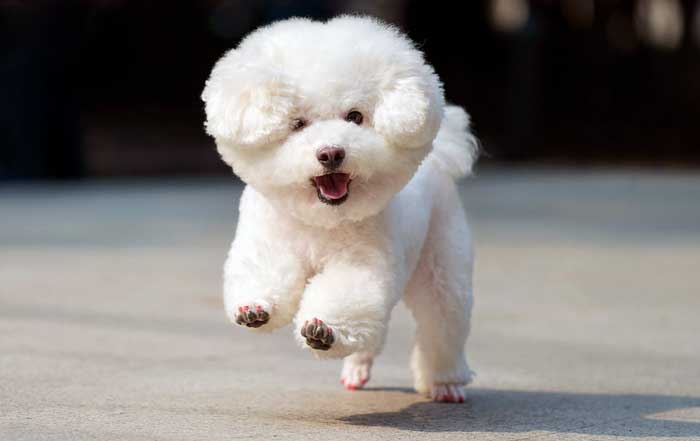We have all heard the old adage “a dog is man’s best friend”, but what if soon we could truly understand our pets? With the advancements in brainwave analysis and artificial intelligence (AI) technology, we may soon be able to read our pets’ thoughts and communicate with them directly.
Brainwave analysis is a technique used to measure electrical signals in the brain. By using electrodes placed on the scalp, researchers can measure the tiny electrical signals produced by the neurons in the brain. These signals can then be used to measure brain activity, and can tell us about the thoughts and emotions of the person or animal being studied.
AI technology has allowed us to analyze the data collected from brainwave analysis in a much more efficient way. AI is able to take the data from the brainwave readings and interpret it into something that we can understand. For example, AI can take the data and translate it into words that explain what the person or animal is thinking or feeling.
So how can this be used to understand our pets? Well, the same technologies used to measure brainwave signals in humans are also being used to measure brainwave signals in animals. Researchers have been able to measure electrical signals from the brains of dogs, cats, horses, and even dolphins. With AI technology, this data can be analyzed and interpreted, so that we can understand what our pets are thinking and feeling.
This technology could revolutionize the way we interact with our pets. We could finally have an understanding of what they are thinking and feeling, and be able to communicate with them directly. This could be used to improve our relationships with our pets, as well as to better understand their behavior and needs.
While this technology is still in its infancy, it is a promising development for pet owners and researchers alike. With the continued development of brainwave analysis and AI technology, we may soon be able to understand our pets even better than we do now. It is an exciting prospect, and one that could have a huge impact on our relationships with our furry friends.

